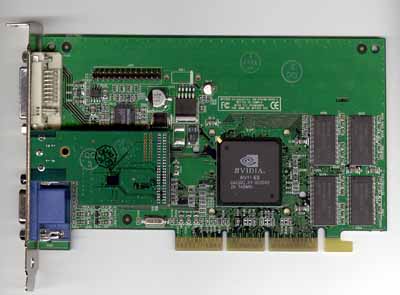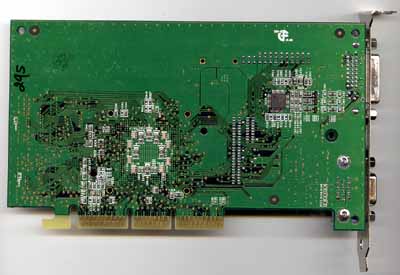The Card, Cost, NSR & T&L
Like the GeForce2 GTS, the GeForce2 MX will be available in both AGP and PCI versions although we have yet to see any PCI GeForce2 GTS cards hit the streets yet. And with the release of the i815 chipset with integrated video as well as an AGP 4X slot, it is unlikely that the demand for PCI graphics accelerators is as great as it was when quite a few i810/i810E systems were being shipped.
The big question ends up being, how much can you pick up a 32MB GeForce2 MX for? The answer happens to be a pleasing $119 which is what NVIDIA is estimating most 32MB boards will be selling for.
Since it’s based on the same core as the GeForce2 GTS, the MX features the same NVIDIA Shading Rasterizer (NSR) as its older brother. For more information on the NSR take a look at our GeForce2 GTS review, although we will say that in currently available games the NSR has not proven to be of any use thus far.
The GeForce2 MX, being clocked at 87.5% of the GeForce2 GTS, also features a Hardware T&L engine that is about 88% as powerful as that of the GTS. So instead of being able to process 25 million triangles per second at peak operation, the GeForce2 MX can “only” handle about 20 million triangles. But don’t lose any sleep over the weaker T&L performance since NVIDIA’s own home-brewed Quake III Arena level that used an extremely high amount of polygons per frame didn’t perform noticeably slower on the GeForce2 MX than it did on the GeForce2 GTS.












3 Comments
View All Comments
Dr AB - Friday, May 8, 2020 - link
So 20 years laters I can say it is analogous to MAX-Q cards that we see today? Seems same logic behind it.Dr AB - Friday, May 8, 2020 - link
*laterOtritus - Friday, October 2, 2020 - link
The logic behind MAX-Q is severely reduce clock speeds and voltage to reduce power consumption. This is analogous to entry-level gpus such as tu117 in the gtx 1650. Cut down the hardware to reduce cost and power consumption, and have slightly lower clocks to hit tdp targets.